The orator spoke of the promises of “regions yet groaning under unviolated forests.” Lewis responded similarly: “With you I trust, that the discoveries we have made will not long remain unimproved.” Today’s Bitterroot Mountains appear ‘unviolated’ yet much has changed.
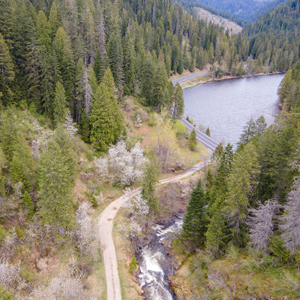

The orator spoke of the promises of “regions yet groaning under unviolated forests.” Lewis responded similarly: “With you I trust, that the discoveries we have made will not long remain unimproved.”
Fire-loving Forests
by Sarah Walker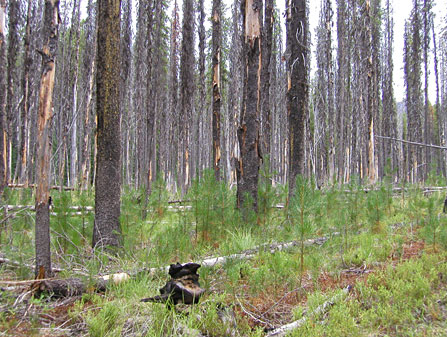

Fire has been part of the Bitterroot Mountain landscape for a long time. No wonder Clark saw “emence quantity of falling timber which had falling from dift. causes i e. fire & wind.”
The Lochsa Elk Herd
by Sarah Walker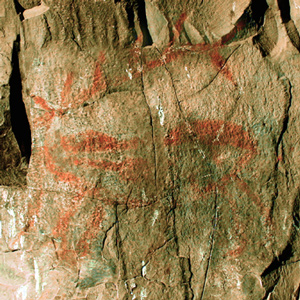

For today’s traveler to Idaho’s Bitterroot Mountains, seeing an elk is still a gamble. But hunters don’t give up; every fall, they pester locals with the same question, “Where’s the elk?”
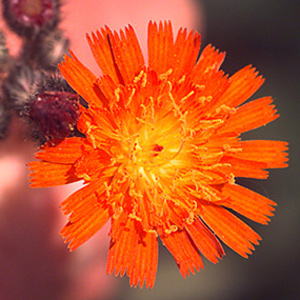

During the summer of 2003 a weed inventory team from the University of Idaho searched the Lolo Motorway for weeds. They saw spotted knapweed four times, orange hawkweed twice, yellow hawkweed twice, henbane once, and goatweed 28 times: 37 widely-scattered weed sightings in about 50 miles.
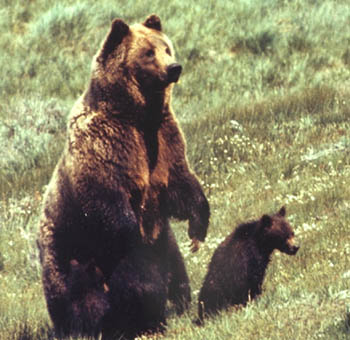
It wasn’t until May 1806 that Lewis had occasion to expand on his Fort Clatsop Grizzly Bear observations. This article adds recent insights and an interview with Charles Jonkel.


In 1924 a sheep “driveway” was cut through the forest from Musselshell to Superior, a distance of roughly 80 miles. The road-sized swath with its network of side trails was used for 20 years as a travel corridor for sheep. One spur accessed the site Lewis and Clark called “Greensward Camp.”
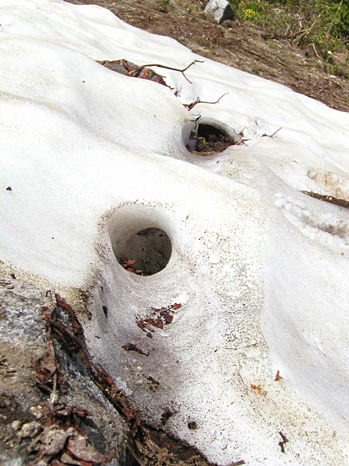

The same snow that deterred the Corps on both their crossings of K’useyneiskit provides the winter environment for those smaller animals who remain. Underneath the deep snowpack lies the subnivean (undersnow) world.
Experience the Lewis and Clark Trail
The Lewis and Clark Trail Experience—our sister site at lewisandclark.travel—connects the world to people and places on the Lewis and Clark Trail.
Discover More
- The Lewis and Clark Expedition: Day by Day by Gary E. Moulton (University of Nebraska Press, 2018). The story in prose, 14 May 1804–23 September 1806.
- The Lewis and Clark Journals: An American Epic of Discovery (abridged) by Gary E. Moulton (University of Nebraska Press, 2003). Selected journal excerpts, 14 May 1804–23 September 1806.
- The Lewis and Clark Journals. by Gary E. Moulton (University of Nebraska Press, 1983–2001). The complete story in 13 volumes.

